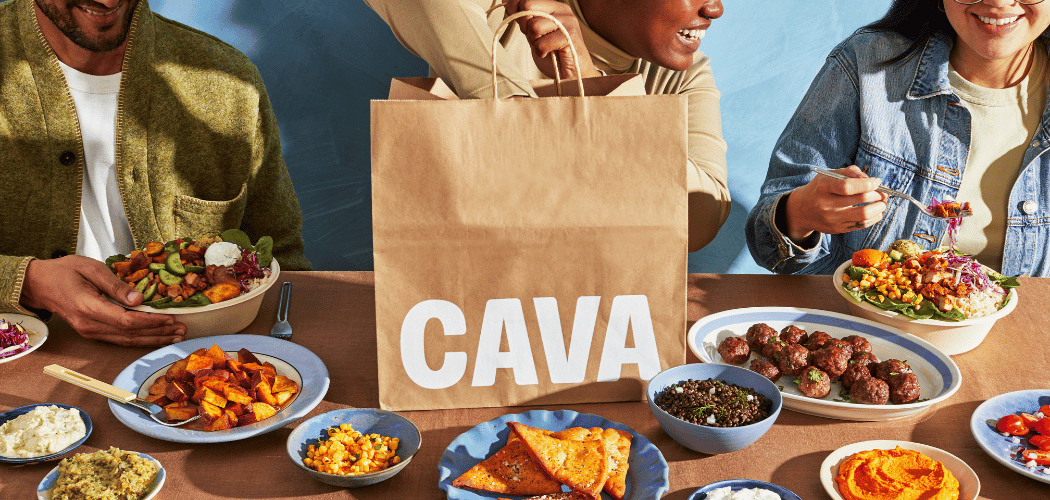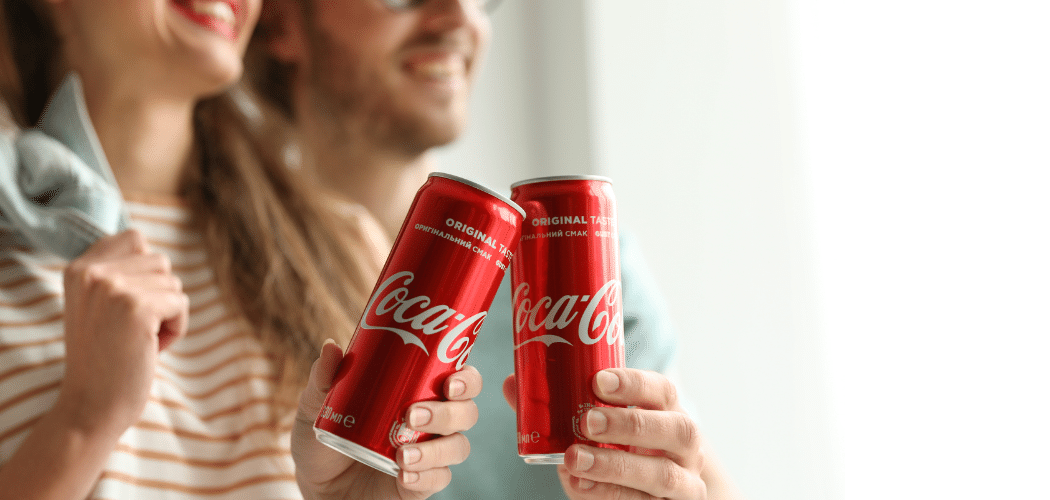Great products sell, but only when sold properly. Eight in 10 consumers will switch merchants because of poor customer service, and this applies even to Apple AAPL +1.3% products. So Target TGT -0.5% isn’t taking any chances at its shiny new Apple kiosks.
The chain is incorporating Apple-dedicated shops in 17 of its stores, building on a long-standing relationship with the tech giant. But perhaps more important than the extended selection of glossy gadgets behind the cases will be the people selling them. One unknowledgeable employee can cost Target $1,000 in a single, unrealized sale (that would be one iPhone 12 Pro).
So, following the protocol of a similar store-within-store partnership with beauty chain Ulta, Target is staffing the Apple kiosks with specially trained employees. Each of these “Target Tech Consultants” will receive training straight from Apple.
This level of consideration is a necessity if Target wants Apple-curious customers to become repeat shoppers, let alone its first-time buyers of such big-ticket items. The influence of frontline employees gains value not only in correlation to a product’s ticket price, but also to the role it will serve the shopper. Indeed, consumers trust regular employees more than company CEOs – 54% to 47%.
Co-Branding The Store Experience Means Co-Branding Employees
Retail workers, meanwhile, are tasked with knowing much more than just a few years ago, thanks largely to new technologies that require regular updates. Layer on to that the growing number of exclusive brand partnerships, and the training such collaborations require, and execution becomes crucial.
Here are three key areas where retail partnerships, regardless of brand or category, can improve employee training for success. And for good measure, there’s one watch-out that could upend all of that co-branded training.
Employee knowledge is shopper catnip … and a lack of employee knowledge can be a repellant. Half of U.S. consumers will switch brands or merchants if they do not think the employees are knowledgeable, according to research by PwC. Depending on the product on the table, that switch can translate to tens of thousands of dollars in lifetime customer sales or, if the product is a small-ticket item, a material percentage of sales. Knowledge is typically associated with more complex products – personal electronics and tech – but it really applies to any item that is important to the shopper’s need at the moment. Best Buy workers must earn, and retain, training certification from their team leaders (not their trainers) to prove they know what customers will expect. Just as important, Sephora’s training includes tailored development plans for each worker, a “Daily Dose” of training at the start of every shift and free classes at Sephora University.
Cross-trained employees stay. The annual turnover rate among part-time store employees was 76% in 2019, according to research by Korn Ferry KFY -0.7%. Higher wages are helping reduce turnover, but they also are becoming a competitive requirement as more retailers, including Costco and Amazon AMZN +0.3%, hike their minimums. As a result, benefits such as training for upward mobility are gaining importance among recruiting retailers. Trader Joe’s, for example, trains its staff to perform all store tasks, from cleaning aisles to cashing out customers. This helps prevent boredom, exposes workers to a wider range of customer opportunities (and pain points) and invites feedback from a variety of thinkers. Employees also are expected to taste new products, so they can answer questions about what they sell. These efforts contribute to why Trader Joe’s is in the top 5% of similar-sized companies for employee retention, according to Comparably, which rates company cultures.
Brand partnerships can inform better-tailored training. No amount of training will work if it is not designed for its audience. The average large American business spent $17.7 million on training in 2019, according to Gallup, yet 36% of managers say they don’t believe they have the skills to do their best work. Brand partnerships can bring new perspectives into how employees can further develop their contributions to success, and there are now unprecedented technologies to help accomplish more personalized and flexible training for such occasions. The Nudge app, for example, will deliver tailored brand- or employer-specific insights to all employees who might come into contact with a customer, so workers feel empowered to achieve more. For example, Samsung used the platform to directly communicate with associates selling its devices at big-box stores such as Walmart WMT 0.0%. With direct access to employees via the mobile app, Samsung could deliver product expertise and training more quickly and encourage greater brand advocacy.
And 1 Watch-Out: Don’t Make The Training Exclusive
These benefits work when the attention to training is applied evenly to all departments, and not exclusively to one new brand or concept. Doing so would imply “better than” thinking and undermine the collaborative culture the training is designed to create.
Recommended Read: Starbucks Pickup Stores Target Fastest Growing Customer Group
To take a lesson from Trader Joe’s, as well as some hospitality companies: Best-in-class training is that which is deployed in every department and category, from stocking the electronics in the backroom to knowing the vegetables in produce to troubleshooting an overcharge at checkout.
Happy employees understand the value of each co-worker’s role, and they know the whole only works well when they work well together. If Target and Apple train with non-Apple employees in mind, the result could contribute to higher customer retention rates across all categories, to Ulta and beyond.
Bryan Pearson is a Featured Contributor to The Wise Marketer and currently serves as a director and strategic advisor to a number of loyalty-related organizations. He is the former CEO of LoyaltyOne.
This article originally appeared in Forbes. Be sure to follow Bryan on Twitter for more on retail, loyalty, and the customer experience.




